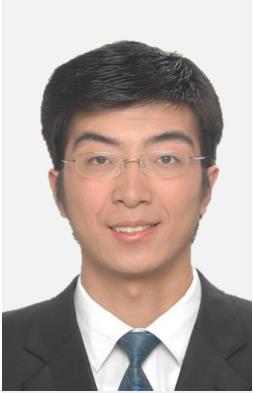报告题目:Fully printed organic tandem solar cells and modules: from concepts to demonstration
报告人:李宁
地点:907#楼1445室
时间:2014年11月26日(星期三) 上午10:30-12:00
报告人简介

李宁, 埃尔兰根-纽伦堡大学
07/2014 至今 埃尔兰根-纽伦堡大学 博士后研究员Helmholtz-Institut Erlangen-Nürnberg Cooperative Project亥姆霍兹研究所(埃尔兰根-纽伦堡)合作项目
09/2011-07/2014 埃尔兰根-纽伦堡大学 研究助理
EU Cooperative Project ‘Roll-to-Roll Production of Organic Tandem Solar Cells‘ (RotRot)
11/2010-08/2011 埃尔兰根-纽伦堡大学 研究助理
EAM Cooperative Project ‘Cluster Solar Cells’
报告摘要
The tandem concept, in which two or more single cells with complementary absorption are stacked together and connected either in series or in parallel, is one of the most promising approaches to harvest photons at the highest possible potential. This concept can be successfully adapted for organic photovoltaics to simultaneously address the main loss-mechanisms in terms of narrow absorption windows and thermalization losses. The solution-processed lab-scale organic tandem solar cells developed rapidly over the past few years andthe power conversion efficiencies (PCEs) of >10% have been reported for both polymer and molecular tandem solar cells. According to several independently reported predictions, the tandem solar cells have the technical potential to exceed 20%PCE exhibiting an improvement by ~40% compared to the optimized single cells.
Ultra-fast laser processing was recently proven to yield solar modules with outstanding high fill factorsand fully additive open circuit voltages. Owning to the precise control over the ablation in micrometer range, organic modules fabricated by laser patterning are expected to reach a high geometrical fill factor of >95 %, indicating that organic modules are able to show comparable efficiencies to the corresponding solar cells. Moreover, the velocity of the laser-based module processing reaches ~1 ms-1, which fully satisfies the requirements for roll-to-roll production.
In this contribution, the tandem concept is combined with the ultra-fast laser patterning to generateefficient organic tandem modules on glass and flexible substrates. The design and development of fully printed organic tandem solar cells and modules are discussed in detail.